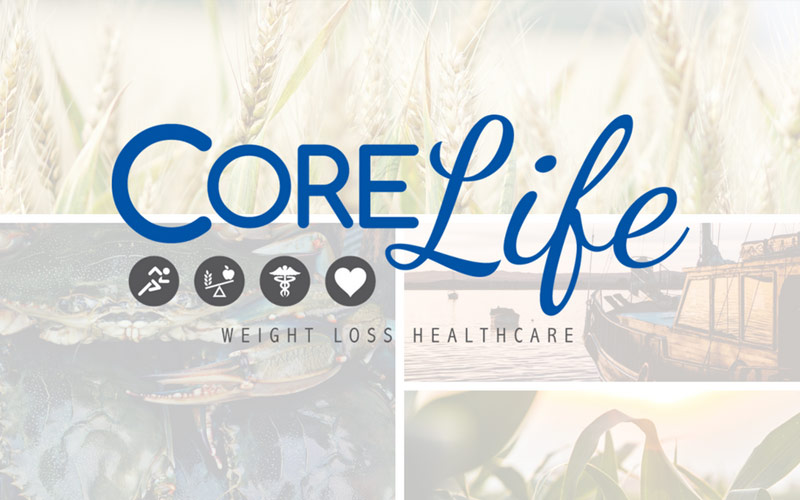When most people think of vitamin D, it probably conjures up images of milk. And while this is a major source of the vitamin for people in this country, it’s not the only source and far from the best. Before we delve into how to get your daily dose of vitamin D, let’s first talk about why we need it.
Vitamin D is a fat soluble vitamin. This means when consumed, a fat source needs to be present in order for the body to properly absorb the nutrient. Remember this, as it will come back later as a critical consideration for your food sources of vitamin D. There are actually a couple forms of vitamin D, D2 being the plant source and D3 being the animal source. Without going into too much detail, these forms are metabolized by the liver and kidneys, and converted into the active form of vitamin D that our body actually uses. What does it use it for, you might ask? Well, a load of things.
First, vitamin D is critical in the regulation of gene expression. It also stimulates cell differentiation. In other words, vitamin D is necessary to help our cells become the type of cells they’re supposed to be (organ, tissue, bone, heart, liver, brain, etc.). Vitamin D also plays a crucial role in the bone mineralization process by regulating calcium and phosphate homeostasis. I know, that was a lot of technical jargon. Essentially, if the levels of calcium in the blood stream become low, vitamin D helps to increase these levels by increasing calcium absorption in the intestines from our food, encouraging less calcium excretion by the kidneys, and even mobilizing calcium from the bone. Finally, vitamin D plays a significant role as an immune system modulator, helping to ensure the immune system is working as it should.
Ok, so what happens when our vitamin D levels are low? Well, first, our bone health is compromised, as calcium is not able to be regulated and maintained as it should be, leaving the bones open to deterioration and breakdown, leading to osteoporosis. Some studies have found an increased risk for colorectal and breast cancer when vitamin D levels are low. There have also been findings to suggest a strong correlation between vitamin D status and one’s susceptibility to or the severity of autoimmune disorders like diabetes, multiple sclerosis, and rheumatoid arthritis. This means that as vitamin D levels go down, the risk of these diseases and the severity of them goes up. Given vitamin D’s close relationship with our immune system, this isn’t necessarily surprising. Even on a less severe level like a full-out autoimmune disorder, a vitamin D deficiency can compromise the immune system and lead to an inappropriate immune response.
Fine, so where do we get our vitamin D? Unfortunately, there are very few food sources of vitamin D. The best sources include cod liver oil, swordfish, canned tuna, salmon, and egg. Yes, milk does contain vitamin D, but mostly because it is fortified with it. That means the manufacturer adds synthetic vitamin D into the milk, essentially creating a sort of “supplement”. And remember when we said that vitamin D is fat soluble? Well, that’s super important here, because more and more people are drinking skim milk. What doesn’t skim milk have? Fat! Which means if you’re drinking a big old glass of skim milk in the hopes of getting some vitamin D, well, you’re unlikely to be doing the body much good, as without the milk fat, that vitamin D isn’t really getting absorbed. So, if your main source of vitamin D is milk, I recommend AT LEAST 1%. Ok, so if vitamin D is so important to your health, why are there so few ways to get it? Well, Mother Nature seems to know what she’s doing. While food sources may be limited, our body actually has the unique ability to MAKE vitamin D, all by itself, just add sunlight. Our skin uses the UV rays from the sun to synthesize our own vitamin D. So, the best source of vitamin D? 10-15 minutes per day of good sun exposure – as much bare skin as possible, no sunscreen or shade. It’s not enough to get burned, but plenty to re-fill your vitamin D tanks on a daily basis. And, there’s no danger of toxicity like there is if you overdo it on the vitamin D supplements.
So, kill two birds with one stone; go out for a walk, burn some calories, and make some vitamin D at the same time. Remember, our goal at CoreLife isn’t just to merely change your weight, but to change your health. Nutrition and exercise are essential components for both of those goals. It’s always nice when you can do both at once!
Aubrey Phelps MS RDN
